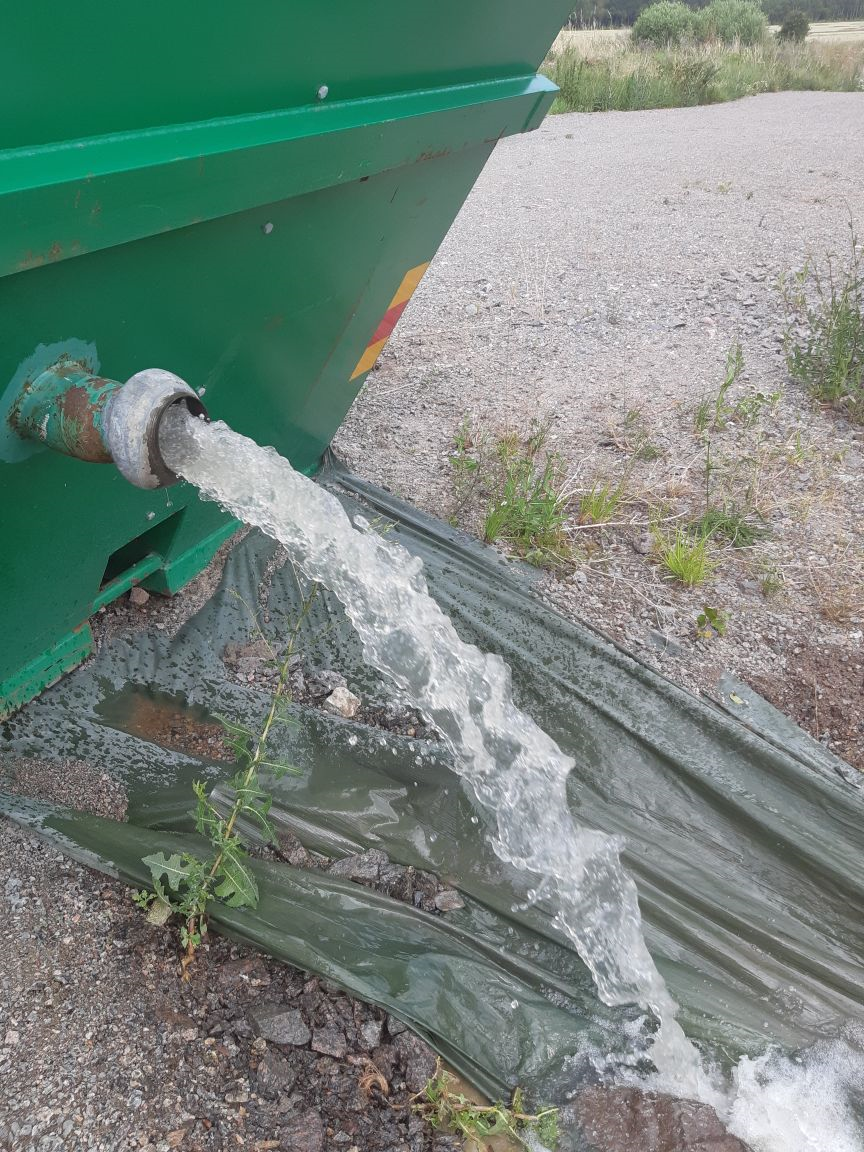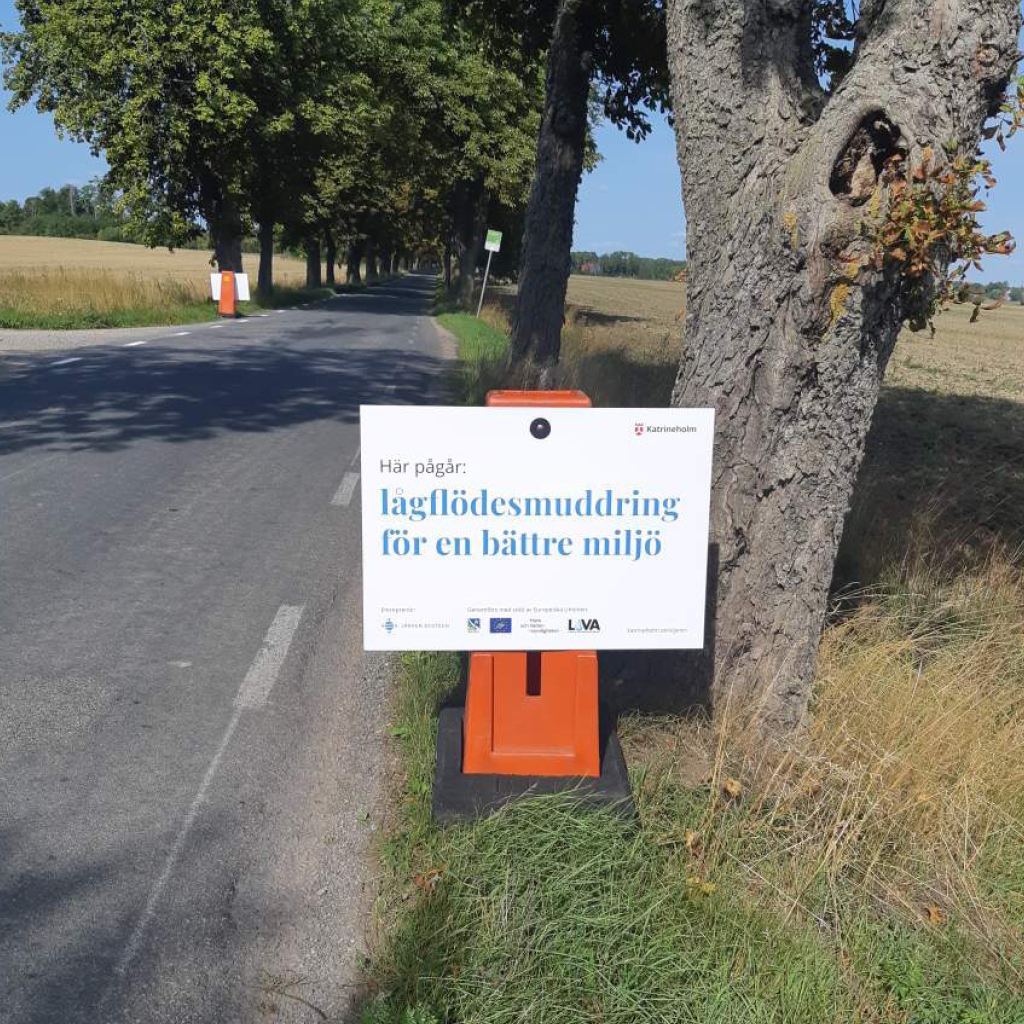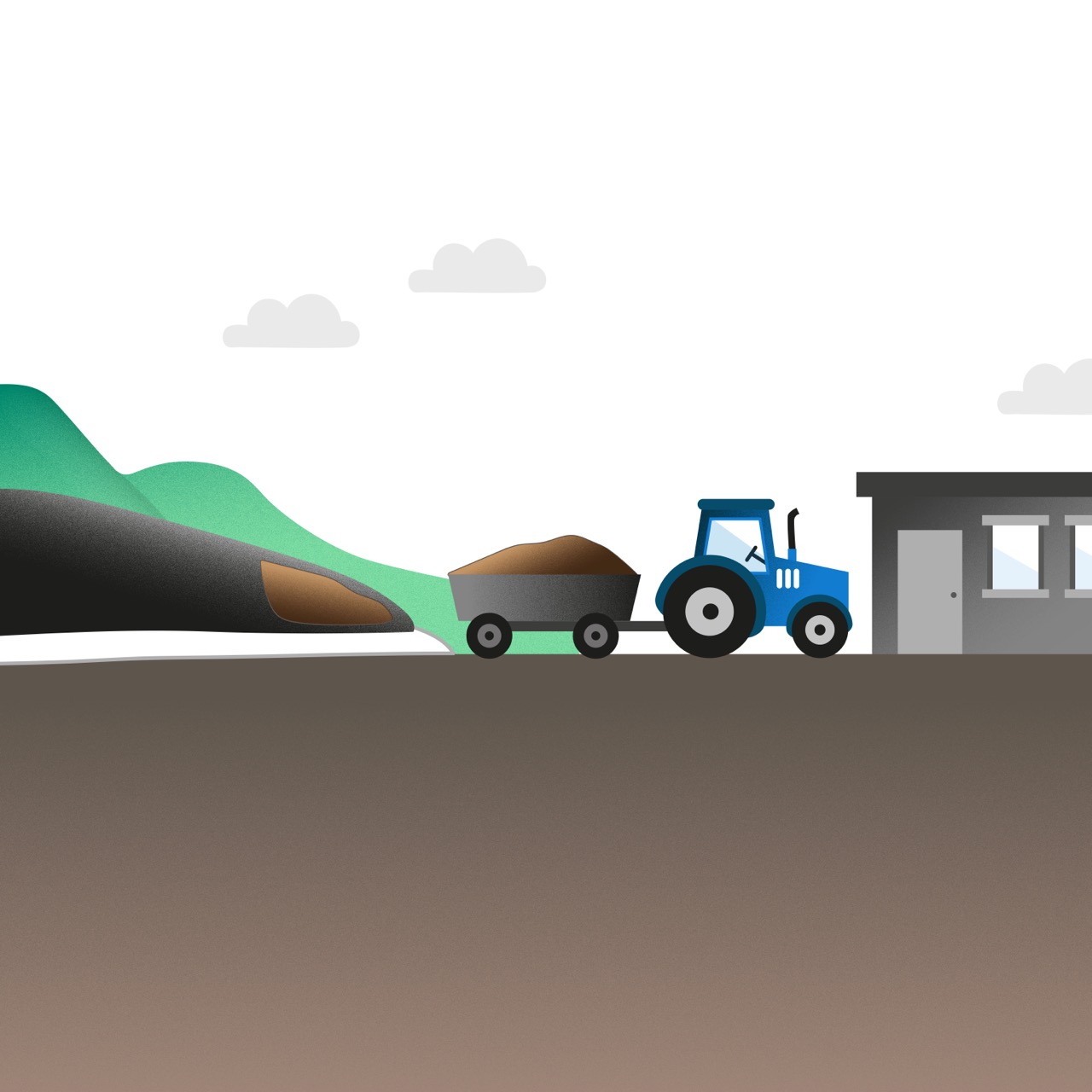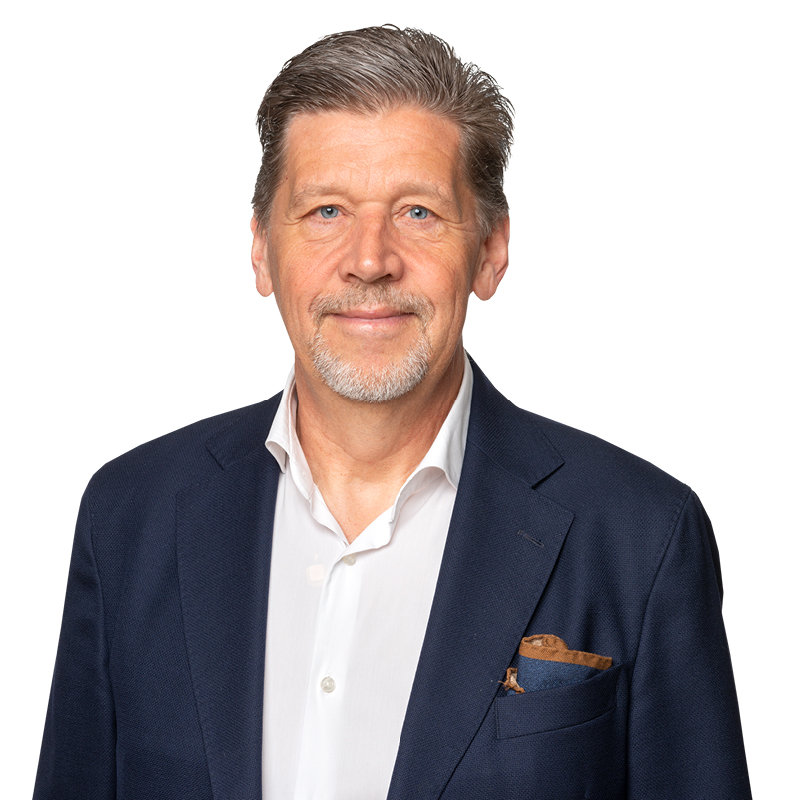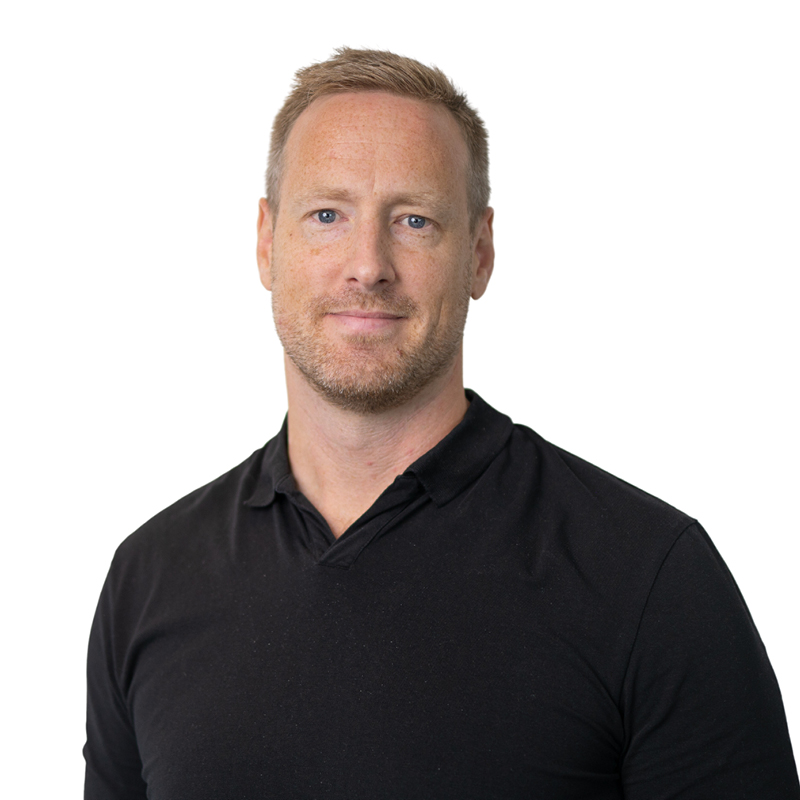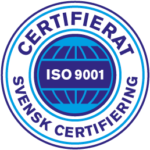The customer's challenge
Eutrophication due to internal loading
Öljaren, a lake in the municipality of Katrineholm, has had problems with eutrophication for a long time, resulting in excessive algal blooms, deteriorating water quality and periodic fish kills.
As part of its participation in the LIFE IP Rich Waters project, the municipality is evaluating the method of low-flow dredging to improve the lake’s water quality and the effect of reintroducing nutrients through uptake and sedimentation to agricultural land.


